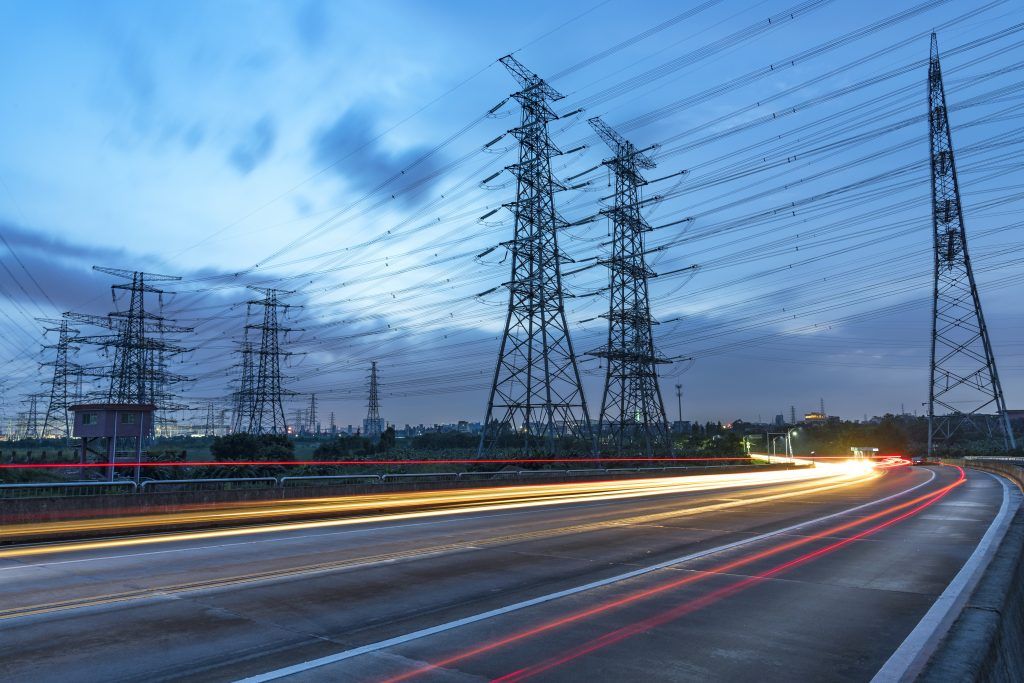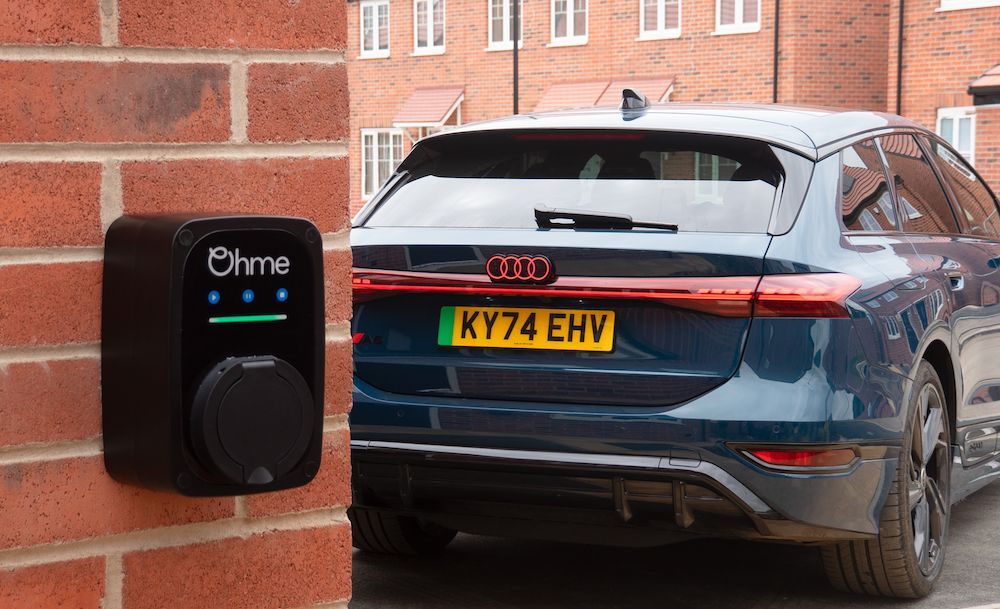Mike Brown, VP Product at VEV, discusses how to manage an electric vehicle (EV) fleet in the wintertime. In the article he examines what you need to know and why data analysis is so critical.
Following an encouraging end to the year for fleet electrification in 2023, this year has so far demonstrated further positive indicators of progress. January saw the 60,000th battery-electric van registered in the UK since 2018, while uptake in the segment has increased by 19.4% year-on-year.1 January also saw the government’s zero emission vehicle (ZEV) mandate passed into law, which gives the industry further cause for optimism moving forward.
The challenge ahead for fleet management cannot be underestimated. The days when fleets were powered by fuel card schemes are waning, and electrified fleets are bringing with them a new degree of complexity.
This new era of fleet management is defined by careful identification of energy supply needs and intelligent optimisation of vehicle charging schedules. Both elements require fleet teams to acquire new knowledge and make smart adjustments to their daily operations, to reap the benefits of an EV fleet. While the scale of this may be daunting, data-powered fleet and energy management tools will go a long way to achieving this successful EV fleet operation.
Cold weather is a prime example of a variable that can affect EV fleet efficiency. An electric vehicle’s battery is most efficient between 20 and 25 degrees Celsius, but the average winter temperature in the UK is between 2 and 7 degrees Celsius and can often drop to below zero, according to a British Council study. These temperatures can reduce charging speeds and driving range by between 5% and 20%, depending on how cold it gets.2
Weather conditions can also have an indirect impact on efficiency through driver behaviour, with more intensive use of vehicles’ climate control systems bringing the balance of driver comfort and driving efficiency into play.
The effect of cold weather conditions can also be felt at the vehicle depot and beyond, too. Take solar power infrastructure, for example. Cold conditions can have a notable impact on the efficiency of solar panels, reducing it by 10% to 25% – which not only affects the delivery of energy for the fleet ecosystem, but also its ability to make the desired return on the upfront infrastructure investment.3
However, all is not lost. Effective algorithm-powered data analysis can be used to account for climatic conditions, factoring in differing weather patterns from a seasonal to a daily basis, and optimising charging schedules accordingly. This can play a crucial role in helping fleet managers to manage all these scenarios and determine the most appropriate charging strategy to fit their operational needs.
This approach can also help fleet managers build an effective driver-training strategy, improving driving and maintenance efficiency in cold conditions. Many EVs come now with an app that allows drivers to warm up their vehicle before they get inside it, which can drain the battery by as much as 17%4 – and that’s even before the driver has set foot inside it.
It’s important to note that preconditioning the vehicle like this is sometimes essential, such as when temperatures are below zero and it needs de-icing. However, this isn’t always the case and properly trained drivers would know when to ditch the app for a pair of warm driving gloves.
Looking at the overall transition strategy, smart data analysis can also help fleet managers leverage insights to right-size electric vehicle purchases and charging requirements – optimising operational efficiency in more extreme conditions, all year-round.
EV transition modelling based on worst-case weather scenarios goes a long way to ensuring that fleets can operate efficiently and profitably throughout the year, achieving their potential range and productivity, no matter the weather. An electrification partner with rich sector expertise and data analytics capability can help fleet managers optimise their operations in this respect, modelling different scenarios under different weather conditions to give them the confidence that their fleet will perform during and after the EV transition process.
Image courtesy of VEV.
References
1 The Society of Motor Manufacturers and Traders (SMMT), 60,000th electric van joins UK roads as LCV demand enters second year of growth, February 2024.
2 Octopus Electric Vehicles, EVs and different weather conditions, October 2023.
3 World Economic Forum, Why don’t solar panels work as well in heatwaves?, August 2022.
4 Smart Home Charge, Tips for charging and maintaining your electric car in winter, January 2024.














